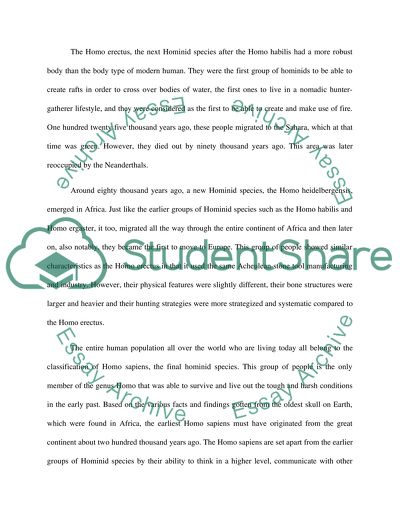Cite this document
(“First Migration of Humans Research Paper Example | Topics and Well Written Essays - 1500 words”, n.d.)
Retrieved from https://studentshare.org/family-consumer-science/1417115-first-migration-of-humans
Retrieved from https://studentshare.org/family-consumer-science/1417115-first-migration-of-humans
(First Migration of Humans Research Paper Example | Topics and Well Written Essays - 1500 Words)
https://studentshare.org/family-consumer-science/1417115-first-migration-of-humans.
https://studentshare.org/family-consumer-science/1417115-first-migration-of-humans.
“First Migration of Humans Research Paper Example | Topics and Well Written Essays - 1500 Words”, n.d. https://studentshare.org/family-consumer-science/1417115-first-migration-of-humans.


